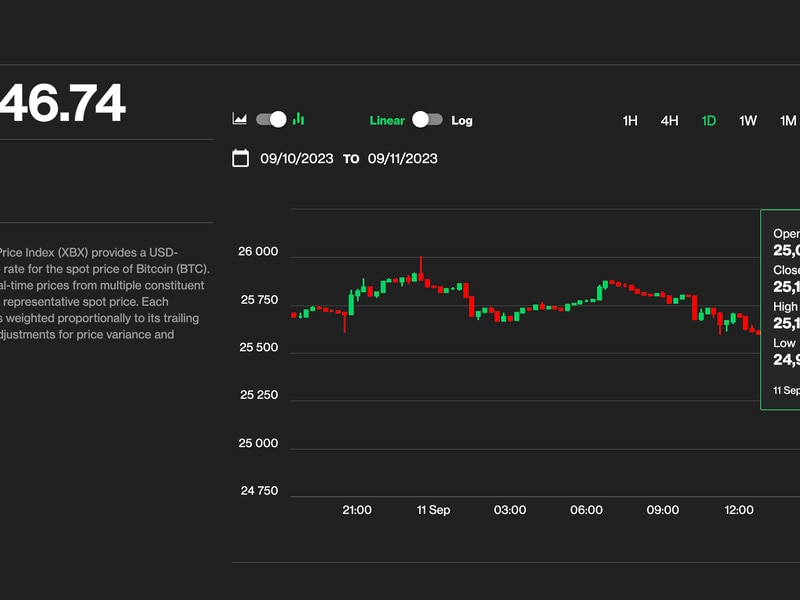Blast, Hyped Layer-2 Chain, Sees Most Deposits Bridge to Yield Manager
/arc-photo-coindesk/arc2-prod/public/LXF2COBSKBCNHNRE3WTK2BZ7GE.png)
CORRECTION (19:08 UTC): An original version of this story misinterpreted data from DefiLlama to suggest that most of the funds in the original Blast deposit contract were withdrawn immediately after the network’s launch this week. The funds were indeed withdrawn from the Blast contract, but further analysis shows that most of the funds were just moved to a new address associated with Blast’s mainnet, not withdrawn from Blast entirely.
Investors who had staked ether (ETH) on Blast, a layer-2 network atop Ethereum that launched Thursday, have bridged many of those assets over to another Blast address, “ETH Yield Manager.”
Early data from DefiLlama data showed that, as of early Friday, some $1.6 billion of assets were moved out of the original Blast deposit contract. The amount remaining in the original contract was down to about $350 million at press time.
Blast posted on X on Thursday that “early access users can bridge to Mainnet and use Blast-native Dapps that don’t exist anywhere else.”
As of early Friday, a new Blast address labeled “ETH Yield Manager” held some $1.8 billion of stETH tokens; stETH tokens represent ether (ETH) that has been deposited into Lido, which “stakes” tokens with Ethereum and rewards interest to users. (Staking tokens is the main part of Blast’s strategy for rewarding yields to users.)
The movement comes months after Blast, promising on its website to be the “only Ethereum L2 with native yield,” announced a deposit-only bridge in November that quickly garnered more than $2 billion in inflows.
Depositors received Blast “points” for holding their ETH on Blast, and the assumption is that the points could eventually be redeemed for a token airdrop; in crypto trading, the pursuit of these points is known as “points farming.”
Backed by the crypto-focused venture firm Paradigm, Blast initially polarized crypto investors, with several observers claiming that it resembled a pyramid scheme due to its controversial one-way bridge. Others simply called out the less-than-ideal optics of a project soliciting deposits and disabling withdraws while its technology remained under development.
Yet in spite of skepticism, Blast rapidly became one of the most active layer-2 networks in terms of deposits even before the mainnet had gone live. It attracted $2.3 billion in deposits from 181,000 users, generating an annual yield of $85 million.
The Blast ecosystem experienced its first exit scam earlier this week, with a protocol named “RiskOnBlast” disappearing along with $1.3 million worth of ether.
Several projects have added Blast integrations, with NFT platform Zora and pricing oracle provider Pyth announcing their support on Thursday.
Developers that create decentralized apps (dApps) on Blast are supposed to receive 50% of the upcoming airdrop allocation.









